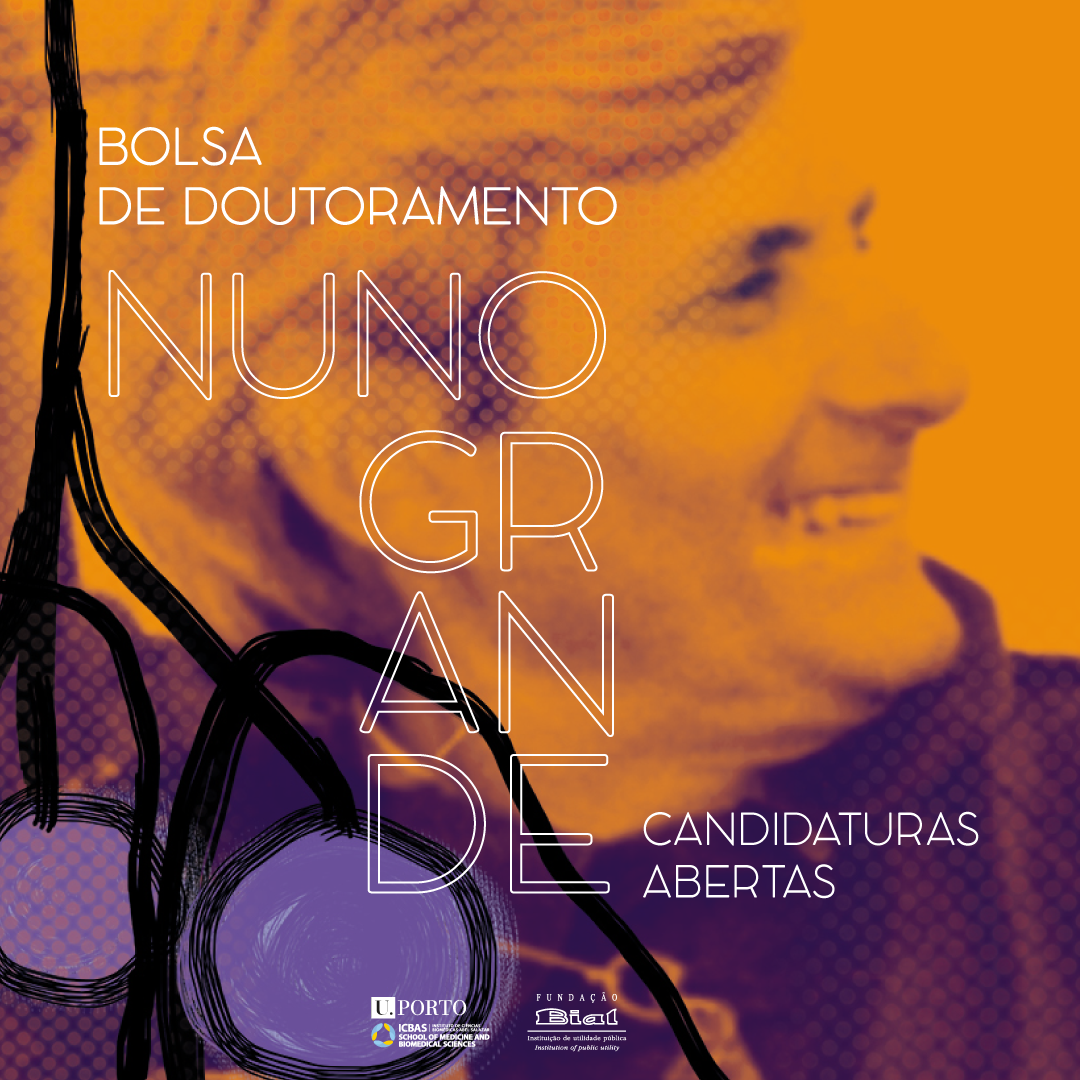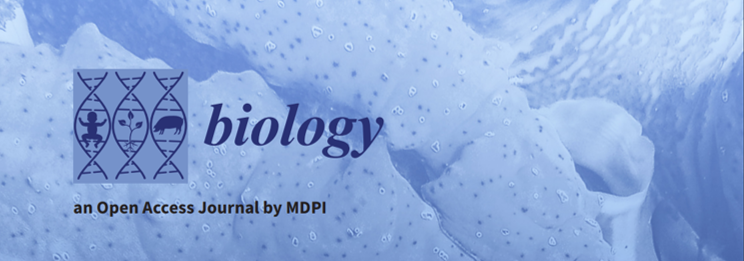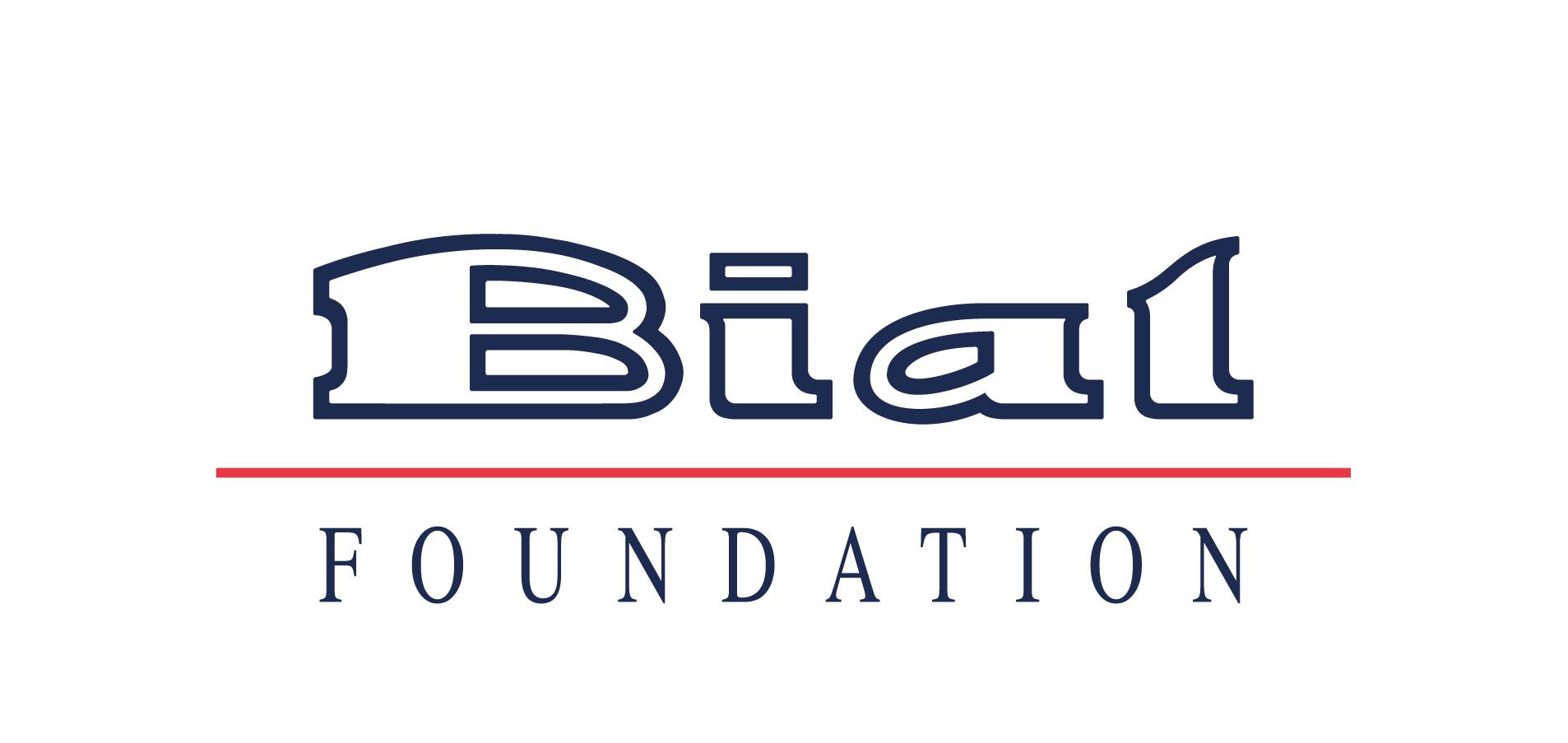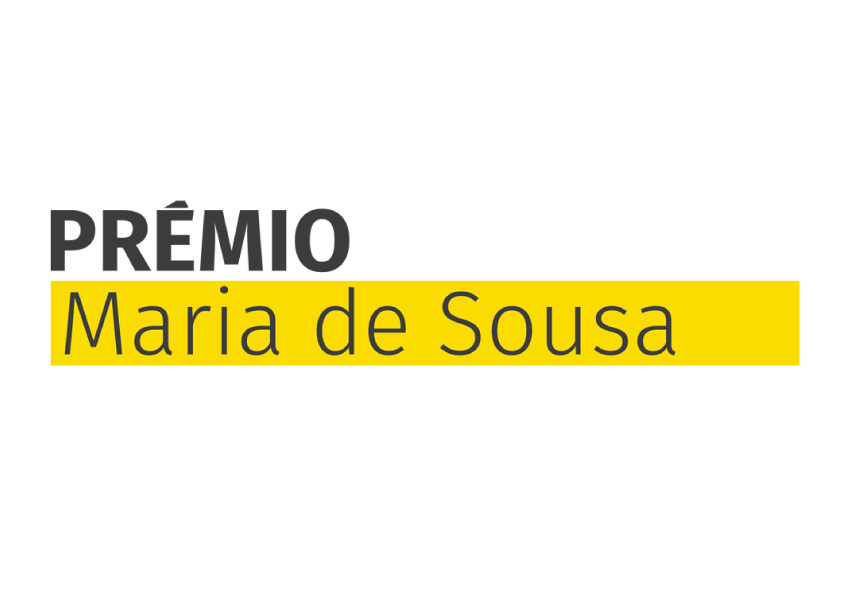News
- Science Stories
- Highlights
- Looking for collaboration
- Helpful links
- Logos
Science Stories
It is our mission being accomplished. Since 1994, the BIAL Foundation has approved for funding 946 projects, involving around 1900 researchers from 31 countries. There are three decades of support to Scientific Research Projects oriented toward the neurophysiological and mental study of the human being, in the areas of Psychophysiology and Parapsychology.
Discover the stories behind the science.
Science Stories

Does your dog have social skills?
A study suggests that viewing the owner’s face works as a positive social reinforcement for dogs. Learn more about this and other surprising results about “man’s best friend”.
News

Can the brain retrieve unseen motor information during speech vocalization?
Alice Tomassini, supported by the BIAL Foundation in the scope of project 246/20 - The hidden rhythm of interpersonal (sub-)movement coordination, concluded that during speech listening the brain reconstructs articulatory information that is not available to vision. These findings are discussed in the paper Speech listening entails neural encoding of invisible articulatory features published in the journal NeuroImage.

Does mood impact our confidence?
“Spontaneous fluctuations of mood and confidence in decision making are independent in the healthy adult population” was one of the main highlights of the study “Mood and implicit confidence independently fluctuate at different time scales” published in Cognitive, Affective, & Behavioral Neuroscience, and carried out in the scope of the research project 117/18 – The neuronal basis of biases, led by Rubén Moreno Bote and supported by the BIAL Foundation.

Nuno Grande Doctoral Scholarship 2022: applications are open
Applications are now open for the Nuno Grande Doctoral Scholarship 2022, worth €25,000. Candidates must, at the time of application submission, be enrolled in the Doctoral Program in Medical Sciences at ICBAS. The applications are open until January 20, 2023.

Do mediums differ from non-mediums on personality, cognitive, and quality of life outcomes?
“Are the psychological characteristics and well-being of individuals experiencing religious possession significantly different from those attending the same religious rituals, but not experiencing possession?” was one of the research questions addressed in the paper The mind possessed: well-being, personality, and cognitive characteristics of individuals regularly experiencing religious possession published in the Brazilian Journal of Psychiatry. Miguel Farias, principal investigator of the research project 346/16 - The mind possessed project: Mapping the varieties of possession experiences concluded that no differences were found between groups, except for anxiety, where the non-mediums showed higher scores.

The Portuguese Medical Association and the BIAL Foundation deliver the 2nd edition of the Maria de Sousa Award
The award ceremony for the 2nd edition of the Maria de Sousa Award took place on November 14 at Teatro Thalia, in Lisbon, and was attended by the Minister of Science, Technology and Higher Education, Elvira Fortunato, who chaired the session, the Secretary of State for the Promotion of Health, Margarida Tavares, representing the Minister of Health, and the Secretary of State for Higher Education, Pedro Teixeira.

Are imagination and overt action associated with the same brain mechanisms?
In the scope of the project 193/18 - The essential role of the dorsolateral prefrontal cortex in motor imagery: A TMS interference study, Scott Glover et al. published in the journal Behavioural Brain Research the paper “TMS over dorsolateral prefrontal cortex affects the timing of motor imagery but not overt action: Further support for the motor-cognitive model”.

Can brain functioning mechanisms be affected by perceived stress?
Pedro Morgado, supported by the Bial Foundation in the scope of the project 206/16 – Developing a neurofunctional intervention for emotion regulation under stress demonstrated that higher levels of perceived stress are directly associated with an increase in connectivity between the amygdala and regions of the frontal cortex, which is driven by a reduction in the pattern of activity between the amygdala and the hippocampus that evolves in opposite directions compared to other brain areas.

Maria de Sousa Award Ceremony: 2nd edition – 2022
The winners of Maria de Sousa Award: 2nd edition - 2022 will be announced in the Award ceremony that will take place on November 14, 2022, 6 p.m. in Lisbon, and will be held in a hybrid format, so everyone can watch online. The event will be chaired by the Minister of Science, Technology and Higher Education.

Do moral dilemmas have different neuronal responses across the life span?
In the scope of the project The Aging Social Brain – Neural and behavioral age-related changes in social cognition and decision-making, João Marques-Teixeira et al. published in the journal Neuroscience Letters the paper “Awareness to utilitarian responses in later life: An ERP study with moral dilemmas”.

Can meditation influence the way we perceive time and space?
Marc Wittman, supported by the BIAL Foundation in the scope of project 50/16 – Changes in the temporal width of the present moment after meditation demonstrated that experienced meditators perceived their body boundaries as less salient during meditation than while reading the story. Morever, they also felt time passed more quickly and they paid less attention to time during meditation. The paper “Changes in subjective time and self during meditation” featuring these results was published in the journal Biology.

Can decision making during recognition modulate alpha rhythm?
Carlo Sestieri, supported by the BIAL Foundation in the scope of project 159/16 – Unraveling the neural mechanisms of human memory decisions with magnetoencephalography, demonstrated, through MEG, the parietal lobe involvement in episodic memory, more specifically, event-related desynchornization (ERD) of alpha band could represent the neuronal signature of the accumulation process during a simple memor-based decision task. The paper “Alpha rhythm modulations in the intraparietal sulcus reflect decision signals during item recognition” featuring these results was published in the journal NeuroImage.

Does transcutaneous vagus nerve stimulation modulate behavior?
Ruben Azevedo, supported by the BIAL Foundation in the scope of project 88/16 – The interoceptive self: Transcutaneous vagus nerve stimulation as a new tool to investigate heart-brain interactions demonstrated that the transcutaneous auricular vagus nerve could be an effective neuromodulatory technique to modulate cognitive processes and pupil size. The paper “Event-related transcutaneous vagus nerve stimulation modulates behaviour” featuring these results was published in the journal Psychoneuroendocrinology
Looking for collaboration

The quest of physiological markers for the experience of pain
Researcher: Elia Valentini - Department of Psychology & Centre for Brain Science, University of Essex Summary: The aim of this project is to improve measurement of the human experience of pain by investigating a combination of psychophysical and physiological responses during mild noxious stimulation. More specifically, we want to investigate how sensitive and specific to pain the brain oscillatory responses are. We use EEG as the main technique, but we are keen to collaborate with neuroscientists using fMRI, autonomic measures and brain stimulation as well as with computational neuroscientists. A clinical collaborator would also be very much welcome.

EEG investigation of hypnosis and decision-making
Researcher: Rinaldo Livio Perri - University Niccolò Cusano Rome, Italy Summary: I work in the field of hypnosis and cognitive neuroscience. In particular, I adopt the event-related potentials (ERPs) to investigate the effect of the hypnotic suggestions on sensory processing and cognitive performance. I am an expert in decision-making and proactive brain processes before the stimulus administration (e.g., the perceptual, prefrontal and premotor readiness during the expectancy stage). I could help colleagues to properly analyze the ERP signal in the pre-stimulus stage of processing. Also, I would be happy to share my EEG data for re-analyzing them in the frequency domain (e.g., wavelet or coherence analysis in the hypnosis research). Feel free to contact me for any question! More information on my papers: https://scholar.google.it/citations?user=-8e_V64AAAAJ&hl=it Possible collaborations: neuroscientist with experience in the EEG frequency analysis Email: perri.rinaldo@gmail.com

Transparent Psi Project - looking for collaborators
Summary: We are running a fully transparent, expert consensus-base multilab replication of Bem’s (2011) experiment 1. The project features state of the art methods to maximize transparency and study integrity. The study involves a computerized experiment taking about 20 minutes per session. Group testing is possible in a computer lab, no specialized equipment needed. Labs are expected to recruit at least 100 participants. Participants will be exposed to images with explicit erotic/sexual content in the experiment. No financial compensation is required for the participants. Data collection is expected to take place in the 2020 fall semester. Every material is provided for ethics/IRB submissions and data collection in English (translation of materials might be necessary by the collaborators). The study is pre-registered and the manuscript is accepted in principle for publication in the journal Royal Society Open Science. All collaborators who meet the minimum sample size criterion will get authorship on this paper reporting the results of the replication study. More information in the preprint: https://psyarxiv.com/uwk7y/ Indicate interest in the collaboration via the following form: https://tinyurl.com/tpp-labs With any question contact the lead investigator: Dr. Zoltan Kekecs, kekecs.zoltan@gmail.com

Cognitive control and learning
Researcher: Ignacio Obeso, Ph.D. / CINAC - HM Puerta del Sur Summary: The aim of our projects is to understand the behavioral and neural mechanisms used to learn how humans establish adaptive behaviour in changing contexts. More specifically, we want to decipher how stopping abilities are initially learned and later executed under automatic control. We use task-related fMRI, brain stimulation and clinical models to test our predictions in laboratory settings as well as online home-based paradigms. Possible collaborations: computational scientist Email contact: i.obesomartin@gmail.com https://iobesomartin.wixsite.com/cognitivecontrol
Find here some links to other Foundations, Organizations, Societies and more that you might be interested in.
- BrainFacts.org
- Cognitive Neuroscience Society
- Dana Foundation
- European Brain Council
- European Society for Cognitive and Affective Neuroscience (ESCAN)
- Federation of European Neuroscience Societies (FENS)
- Human Brain Project
- IANDS International Association for Near-Death Studies
- Institut Métapsychique International (IMI)
- Instituto de Psicologia Paranormal
- International Behavioral Neuroscience Society (IBNS)
- International Brain Research Organization
- IONS Institute of Noetic Sciences
- Kavli Foundation
- Koestler Parapsychology Unit
- Open Sciences
- Organization for Human Brain Mapping (OHBM)
- Parapsychological Association
- Psi Encyclopedia
- Rhine Research Center
- Sociedade Portuguesa de Neurociências
- Sociedade Portuguesa de Neurologia
- Society for Neuroscience
- Society for Psychical Research
- Society for Scientific Exploration (SSE)
- World Federation of Neurology






